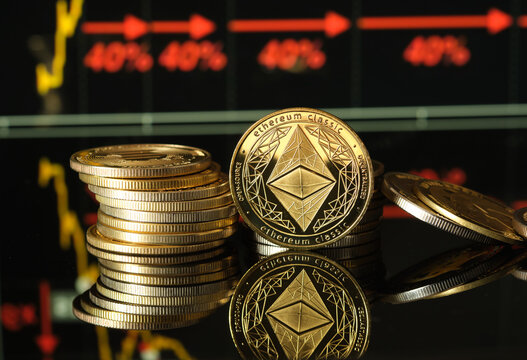Canary Capital XRPC Could Create XRP Supply Shock? Heated Debate Arises
- Canary Capital’s XRPC ETF sparks debate over potential XRP supply shock.
- XRP demand increases as Canary Capital’s ETF grows rapidly.
- Authorized participants drive XRPC’s growth, avoiding direct XRP purchases.
Canary Capital’s newly-launched ETF, “XRPC,” is generating significant discussion across the crypto community. According to Future XRP (@the5blairs), the fund was seeded with 10,000 shares priced at $25 each, equating to an initial investment of $250,000.
Each share is backed by 10 XRP tokens, meaning 100,000 XRP were acquired to support the fund’s launch. The rapid growth of the fund is now fueling debate over whether this could trigger a supply shock for XRP in the future
Concerns Over Growing Demand for XRP
As the ETF continues to gain traction, trading volumes have already surged past $57 million, with shares still priced around $25. Given each share is backed by 10 XRP, the fund’s expansion could require massive acquisition of XRP, prompting worries about supply constraints.
Also Read: Breakdown of What Evernorth and Ripple are Really Building and Why it Matters for XRP
However, despite these concerns, the fund is structured in such a way that the sponsor, Canary Capital, does not directly need to buy additional XRP for every new share.
How the ETF Works and Why It’s Different
Despite growing concerns over XRP supply, the XRPC ETF’s design allows for scaling without direct purchases from the fund’s sponsor. Analysts explained that the fund operates using an “in-kind” creation model.
Authorized participants (APs), large financial institutions, are responsible for delivering the required XRP when new shares are created. For example, when 40,000 new shares are created, approximately 400,000 XRP tokens are delivered by these APs in exchange. This allows the fund to scale indefinitely without placing additional purchasing pressure on Canary Capital itself.
The Ripple Effect on XRP’s Market Dynamics
However, this operational model still raises questions about the broader market impact. @payne_rich99207 further explained that the ETF doesn’t require Canary Capital to purchase more XRP directly, as creations are handled in-kind by APs who deliver the necessary XRP basket in exchange for new shares.
This process scales indefinitely with demand, allowing the ETF to expand without further purchases from the sponsor. With today’s trading volume already exceeding 1.3 million shares, far beyond the initial 10,000 multiple creation units have likely been processed, adding millions more XRP to the fund’s holdings, all sourced from APs rather than purchased by Canary Capita
Future Outlook and Market Impact
As the ETF gains popularity, many are watching its effects on both XRP’s price and its supply. Some market participants argue that the structure could attract large institutional investment into XRP, which might elevate the token’s profile.
Others remain cautious, citing the possibility of a supply shock if demand accelerates without a corresponding increase in supply. The launch of XRPC by Canary Capital has ignited a meaningful conversation about the intersection of ETFs and crypto assets, with XRP’s token supply now under a new kind of scrutiny.
Also Read: Why is XRP Price Crashing Today Despite ETF Launch?
The post Canary Capital XRPC Could Create XRP Supply Shock? Heated Debate Arises appeared first on 36Crypto.
You May Also Like

Lion Group Holding announces $600m facility for HYPE treasury strategy
